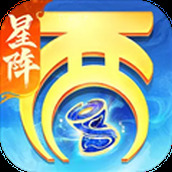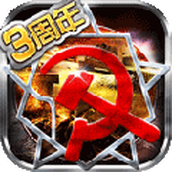最新下载
热门教程
- 1
- 2
- 3
- 4
- 5
- 6
- 7
- 8
- 9
- 10
What is CLR?
时间:2022-07-03 00:01:08 编辑:袖梨 来源:一聚教程网
Microsoft's .NET is a broad family of products representing the company's next generation of services, software, and development tools. At the core of the .NET strategy lives the Common Language Runtime. The CLR is a platform for software development that provides services by consuming metadata. It is standards-based and component-oriented. Like any platform, the important pieces are the runtime, the libraries that provide access to them, and the languages that can target the platform.
But what exactly is .NET? Although the precise meaning can be a little hard to isolate by reading the prolific marketing literature, a little digging reveals that .NET is in fact Microsoft's grand strategy for how all of their software, systems, and services will fit together. It includes development tools (like the new version of Visual Studio, dubbed Visual Studio.NET), future versions of their Windows operating systems, new Internet-based services (like a stepped-up version of their Passport web authentication service), and an entirely new beast called the Common Language Runtime.
The Common Language Runtime is the single most important piece of the .NET product strategy, because it is in essence the engine that pulls the train - the CLR is how developers will write software in the brave new .NET world (see figure 1).
The CLR as a development platform
The CLR is a development platform. Like any platform, it provides a runtime, defines functionality in some libraries, and supports a set of programming languages.
The CLR is a platform for developing applications. A platform is a set of programmatic services, exposed through some API to developers using one or more languages. Development generally targets a single platform;
The CLR is not an operating system in the strict sense of the term - it does not, for example, provide a file system, relying instead on the underlying OS (such as Windows) to implement that feature.
break down the feature set of the platform (CLR) into three fundamental areas: the runtime that the platform offers, the libraries it defines, and the languages I'm going to use. These aspects of the platform overlap (see figure 2), and understanding each of them and the ways in which they interact is crucial to becoming an effective CLR programmer.
But what exactly is .NET? Although the precise meaning can be a little hard to isolate by reading the prolific marketing literature, a little digging reveals that .NET is in fact Microsoft's grand strategy for how all of their software, systems, and services will fit together. It includes development tools (like the new version of Visual Studio, dubbed Visual Studio.NET), future versions of their Windows operating systems, new Internet-based services (like a stepped-up version of their Passport web authentication service), and an entirely new beast called the Common Language Runtime.
The Common Language Runtime is the single most important piece of the .NET product strategy, because it is in essence the engine that pulls the train - the CLR is how developers will write software in the brave new .NET world (see figure 1).
The CLR as a development platform
The CLR is a development platform. Like any platform, it provides a runtime, defines functionality in some libraries, and supports a set of programming languages.
The CLR is a platform for developing applications. A platform is a set of programmatic services, exposed through some API to developers using one or more languages. Development generally targets a single platform;
The CLR is not an operating system in the strict sense of the term - it does not, for example, provide a file system, relying instead on the underlying OS (such as Windows) to implement that feature.
break down the feature set of the platform (CLR) into three fundamental areas: the runtime that the platform offers, the libraries it defines, and the languages I'm going to use. These aspects of the platform overlap (see figure 2), and understanding each of them and the ways in which they interact is crucial to becoming an effective CLR programmer.
相关文章
- CF手游boss卡上限重置时间攻略 04-25
- 蛋仔派对爆爆狐技能最强搭配指南 04-25
- 深空之眼震离月读搭配方案推荐 04-25
- 以闪亮之名玩呐第13章如何快速通关 04-25
- 决胜巅峰大铁罐最强怎样出装最合适 04-25
- 以闪亮之名食谱领悟流程哪几种 04-25














